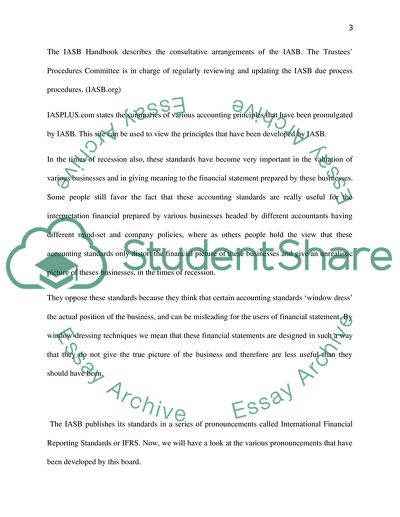Cite this document
(The Usefulness of Accounting Standards Term Paper - 1, n.d.)
The Usefulness of Accounting Standards Term Paper - 1. Retrieved from https://studentshare.org/finance-accounting/1555428-advanced-financial-reporting
The Usefulness of Accounting Standards Term Paper - 1. Retrieved from https://studentshare.org/finance-accounting/1555428-advanced-financial-reporting
(The Usefulness of Accounting Standards Term Paper - 1)
The Usefulness of Accounting Standards Term Paper - 1. https://studentshare.org/finance-accounting/1555428-advanced-financial-reporting.
The Usefulness of Accounting Standards Term Paper - 1. https://studentshare.org/finance-accounting/1555428-advanced-financial-reporting.
“The Usefulness of Accounting Standards Term Paper - 1”, n.d. https://studentshare.org/finance-accounting/1555428-advanced-financial-reporting.


